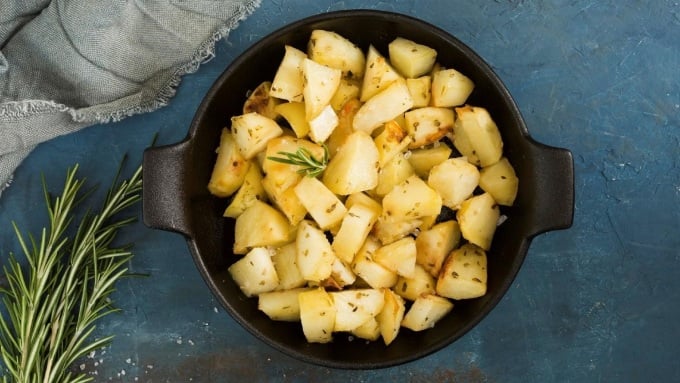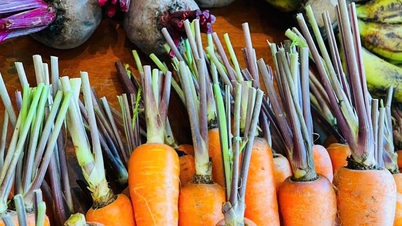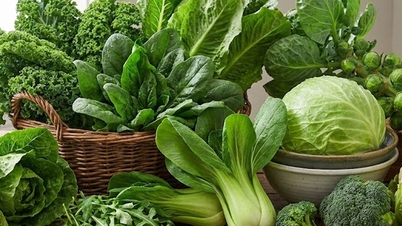Soft vegetables, high in soluble fiber, excluding cruciferous vegetables, are more easily tolerated by people with ulcerative colitis.
Vegetables not only provide essential nutrients but also contain prebiotics—fiber that promotes the growth of healthy gut bacteria.
A 2021 study published by the University of Miami-Leonard Miller School of Medicine (USA) on 27 people with ulcerative colitis showed that eating more fiber from vegetables is beneficial for the condition. Those who followed a high-fiber, low-fat diet for four weeks had lower levels of harmful gut bacteria and inflammation. They also had a better quality of life than patients following a regular diet.
However, not all vegetables and cooking methods are good for patients with ulcerative colitis, especially during symptom flare-ups. Vegetables that are beneficial for this condition include carrots, zucchini, pumpkin, potatoes, sweet potatoes, green beans, and asparagus. They contain a lot of soluble fiber, which absorbs water in the intestines, creating a gel-like consistency that is helpful for those with diarrhea. Soluble fiber also slows down digestion and improves bowel motility.
These vegetables have a low content of insoluble fiber, so they don't irritate the intestines. Limiting insoluble fiber also reduces bloating, diarrhea, abdominal pain, and nausea.

Cooked potatoes are soft and easy to digest. Photo: Freepik
When ulcerative colitis symptoms worsen, patients should limit cruciferous vegetables such as broccoli, cauliflower, cabbage, kale, etc., as they can easily cause bloating and abdominal distension.
Cooked vegetables are generally easier to tolerate than raw vegetables. Patients should be mindful when consuming salads, as the coarse texture of greens can be irritating. Peeling carrots, turnips, squash, sweet potatoes, and potatoes helps remove some of the insoluble fiber, reducing irritation to the gut.
Patients should cook vegetables until tender, without adding too much fat. Greasy foods tend to worsen symptoms. Boiling, steaming, grilling, or lightly stir-frying are recommended, avoiding deep-frying to limit oil intake. Patients can also puree food to make it easier to digest and improve nutrient absorption.
Vegetables with a soft texture, high in soluble fiber and low in insoluble fiber are generally easier for patients to tolerate. However, symptoms during disease flare-ups can vary from person to person, so the appropriate vegetables will differ. Patients can consult a nutritionist or doctor to choose the right foods and fiber intake.
Mai Cat (According to Everyday Health )
| Readers can ask questions about digestive diseases here for doctors to answer. |
Source link












































































































Comment (0)